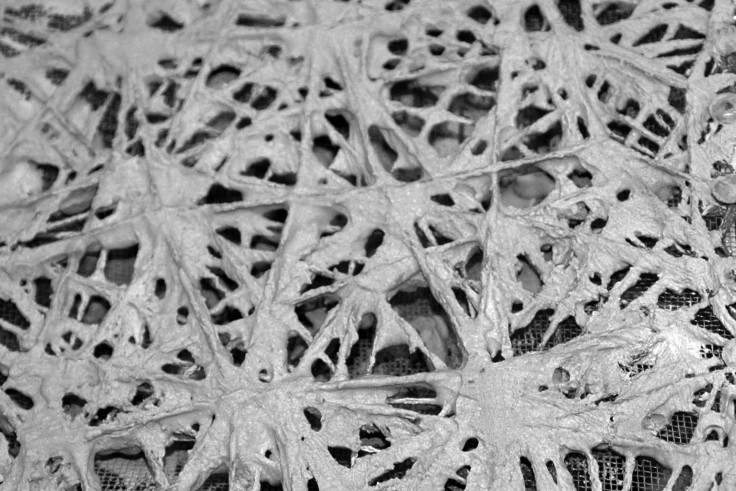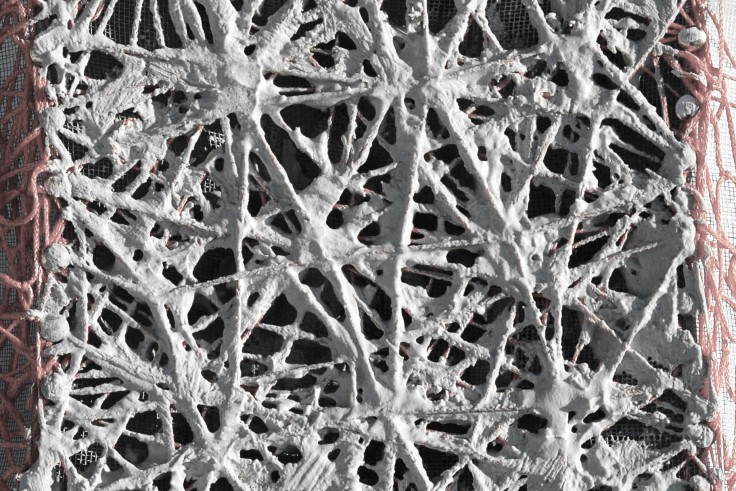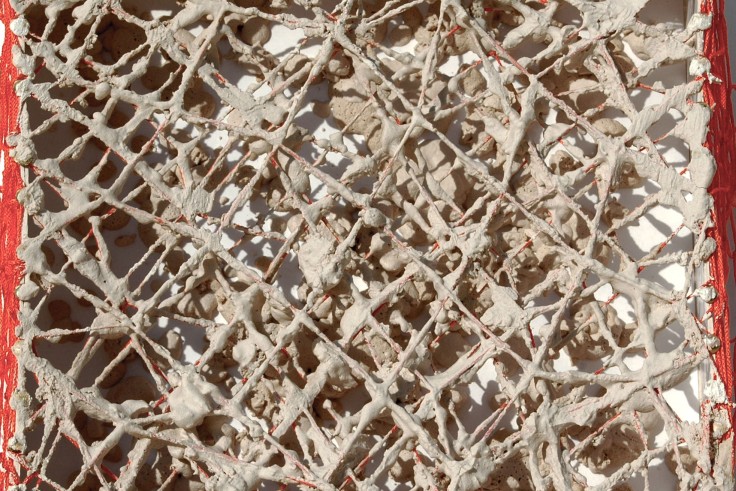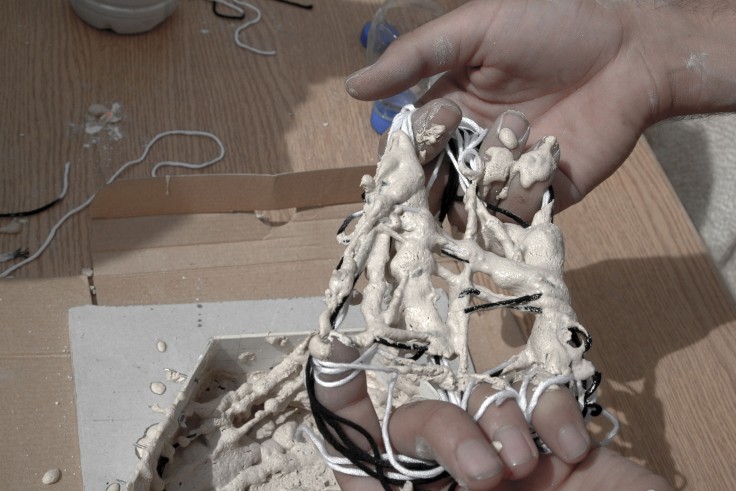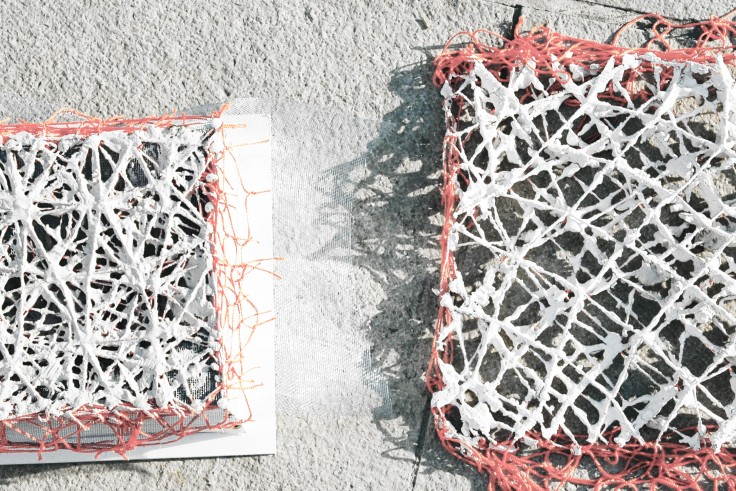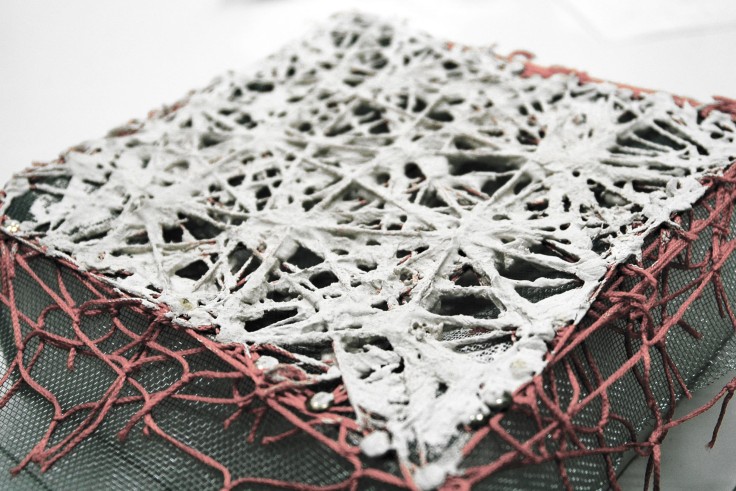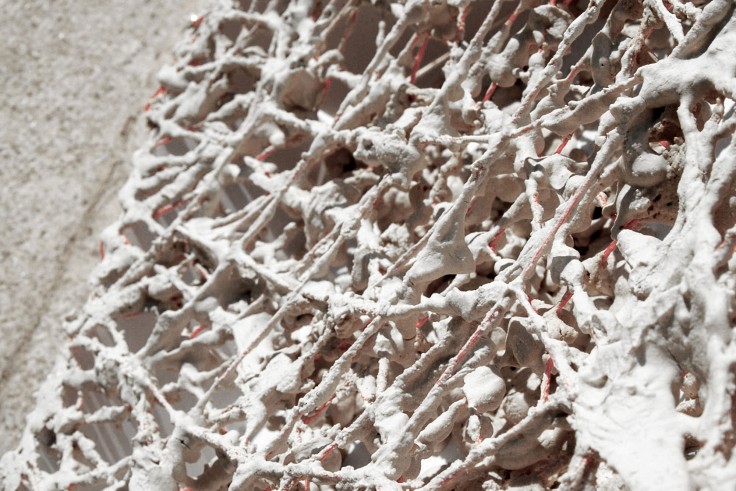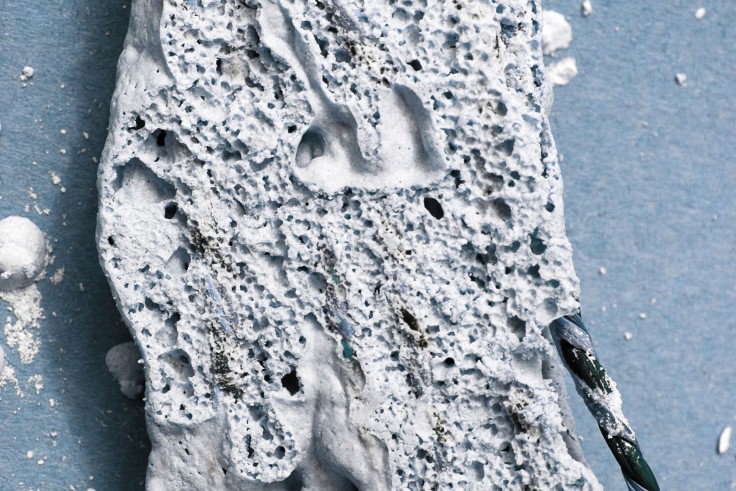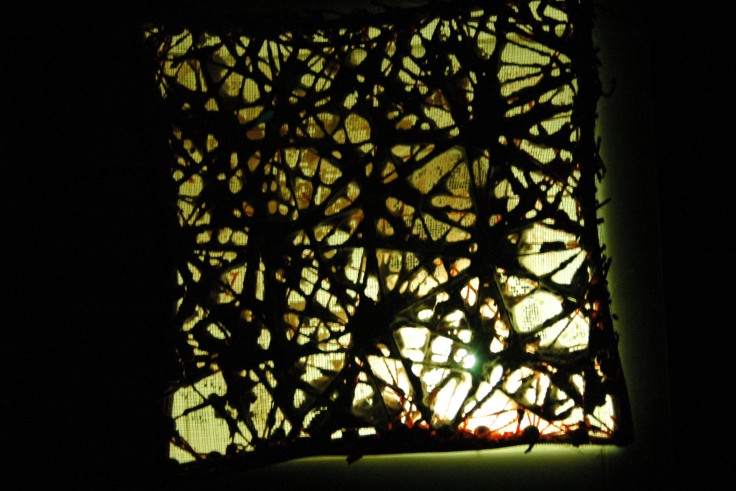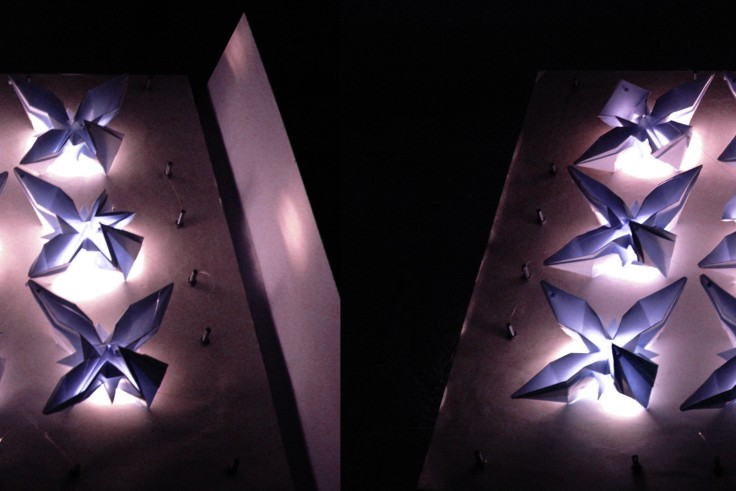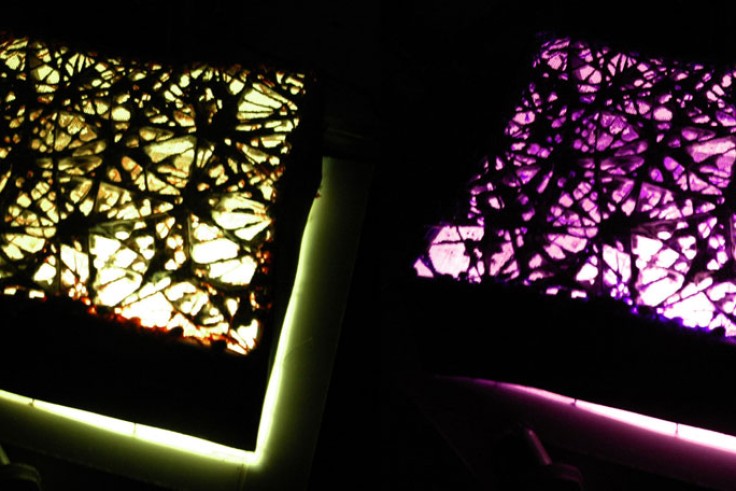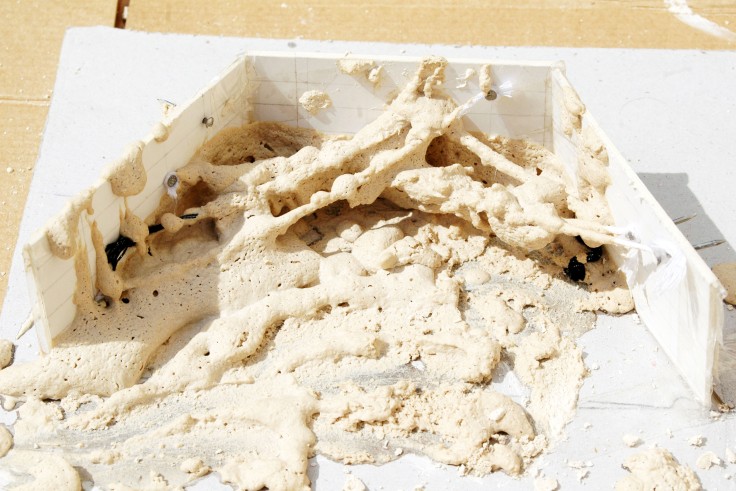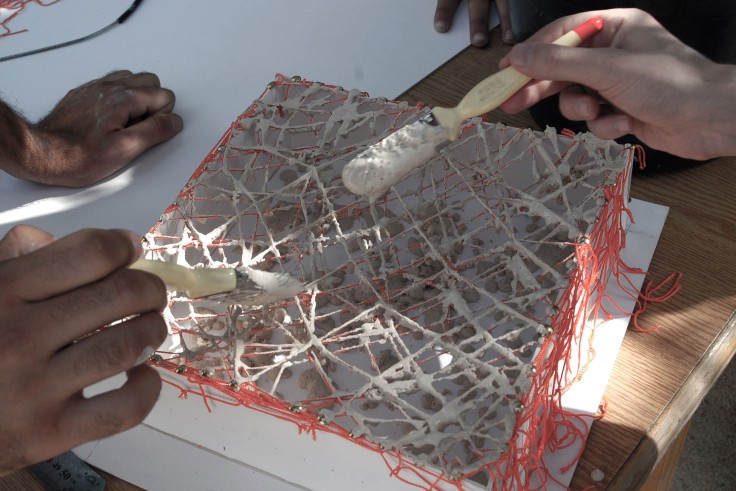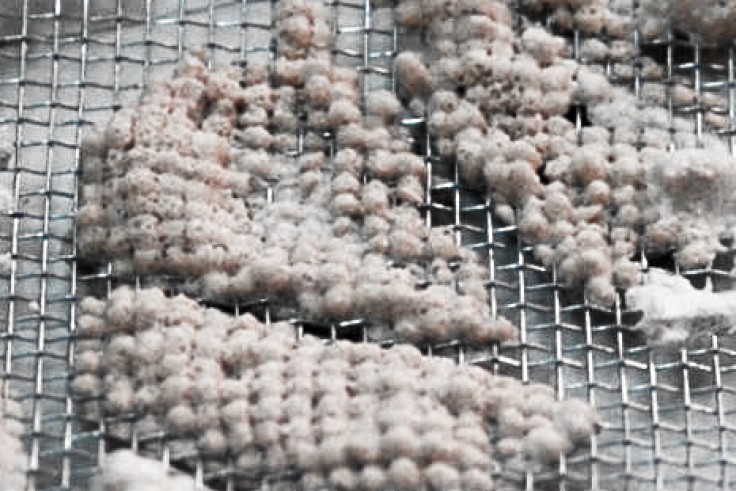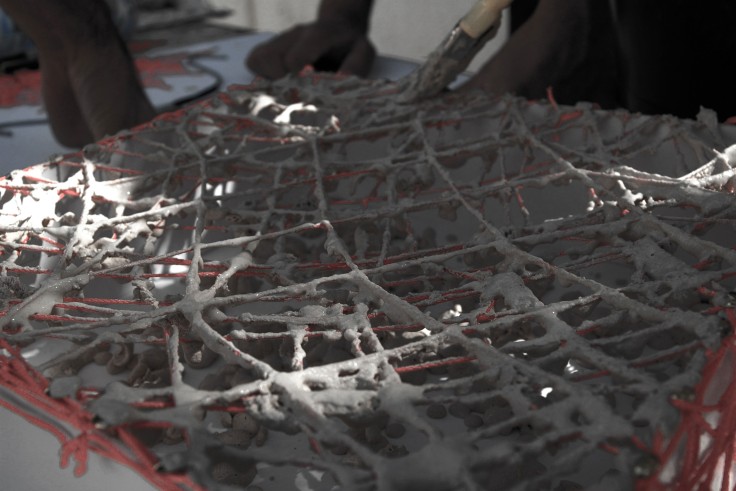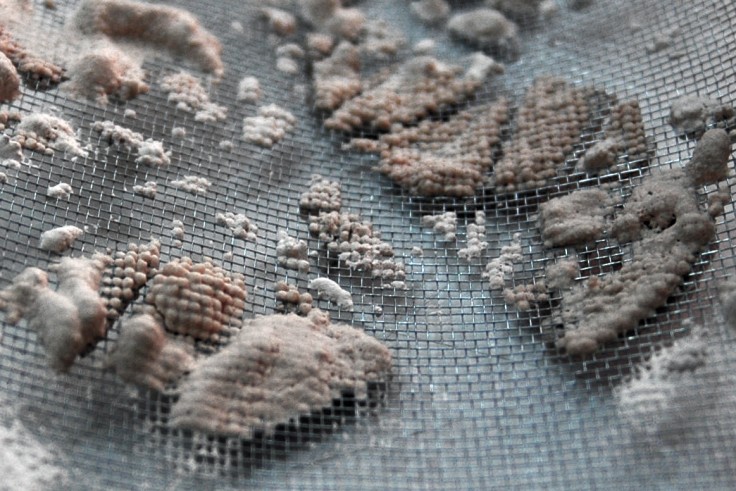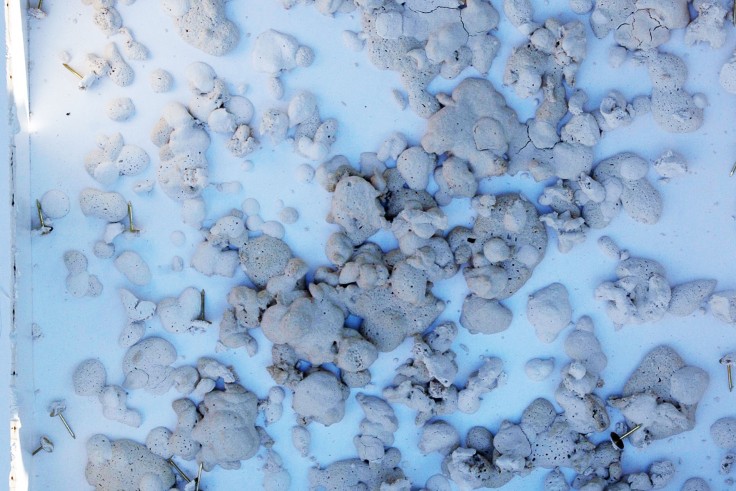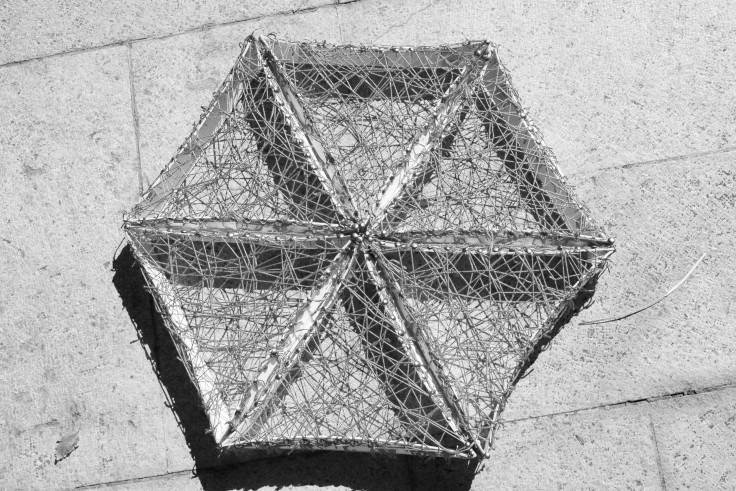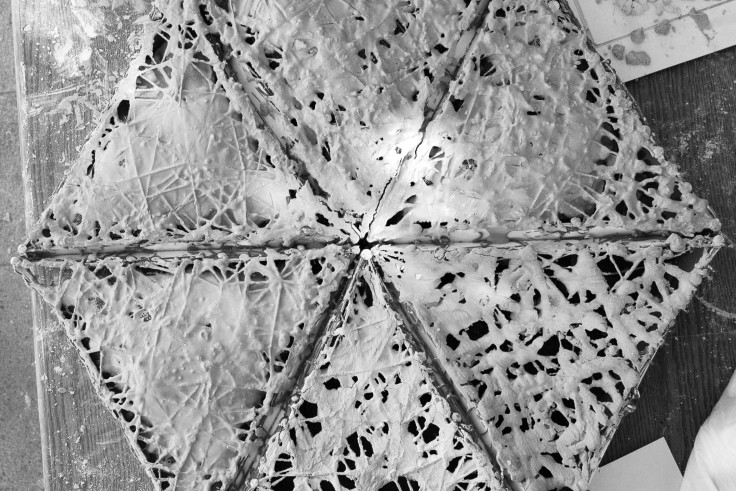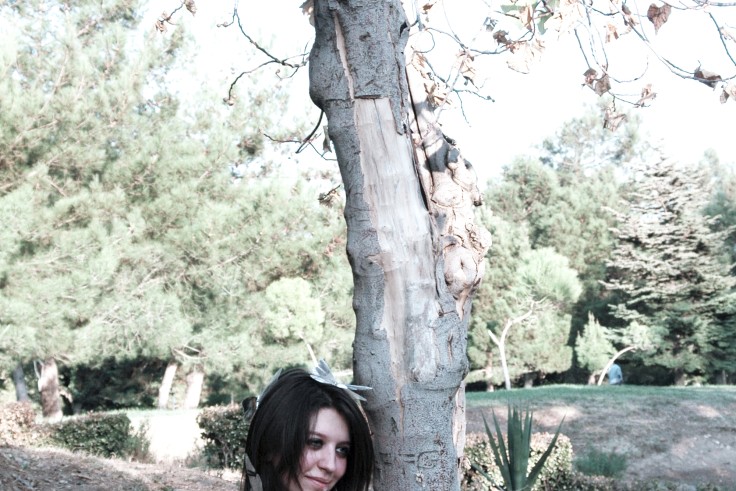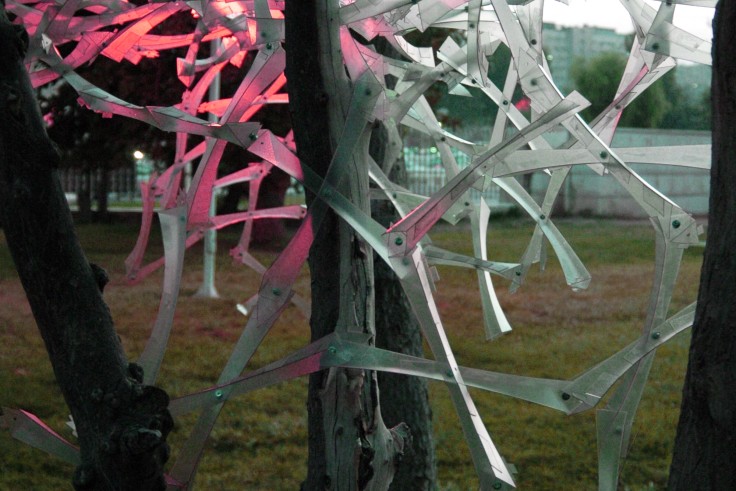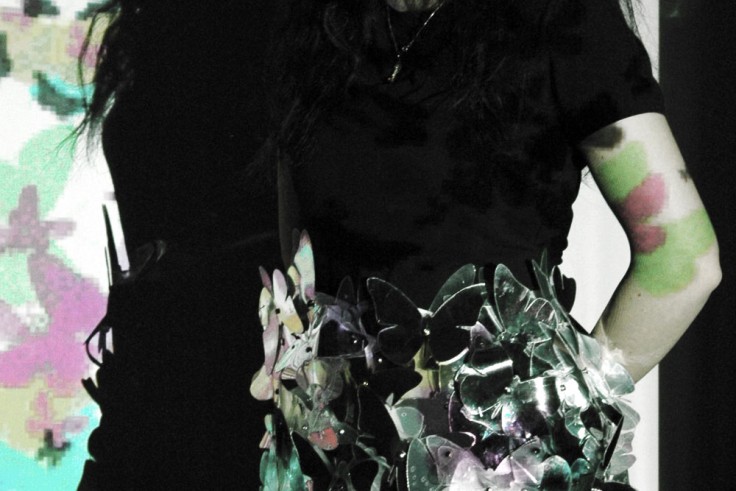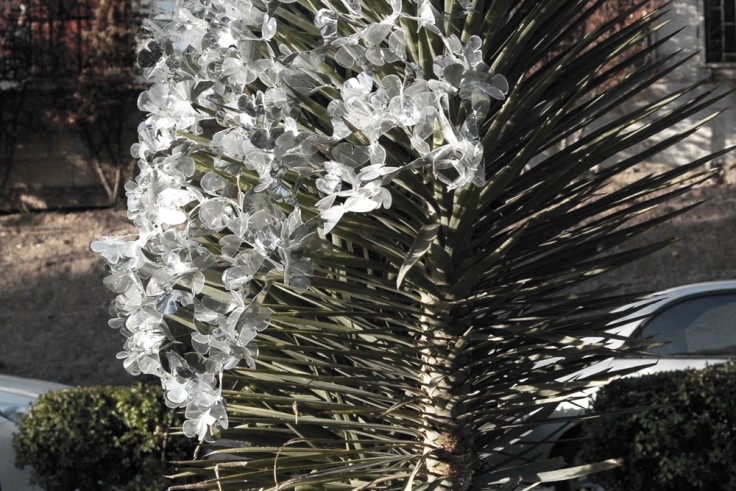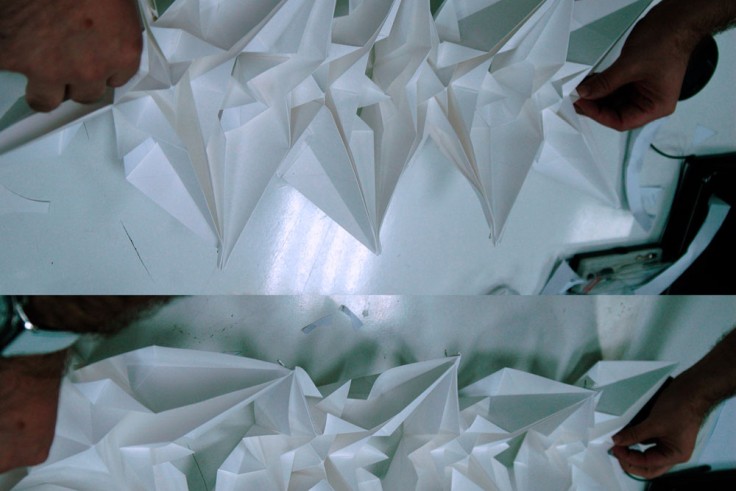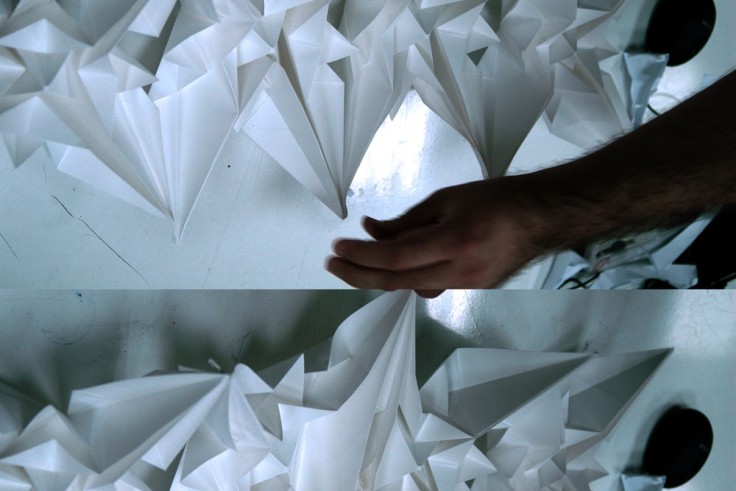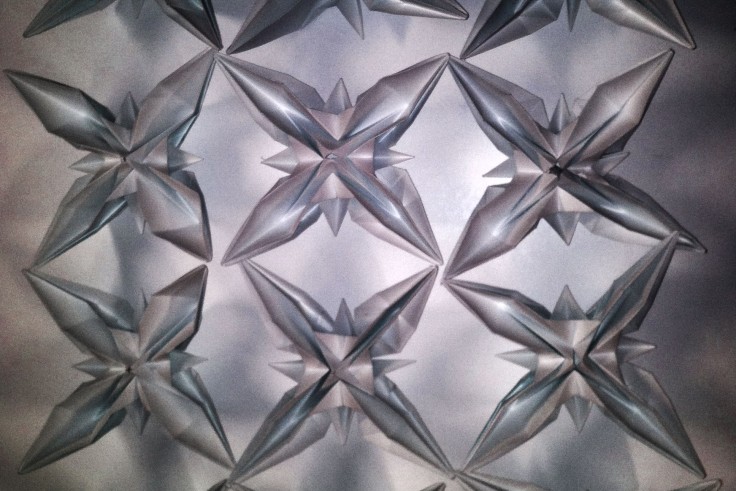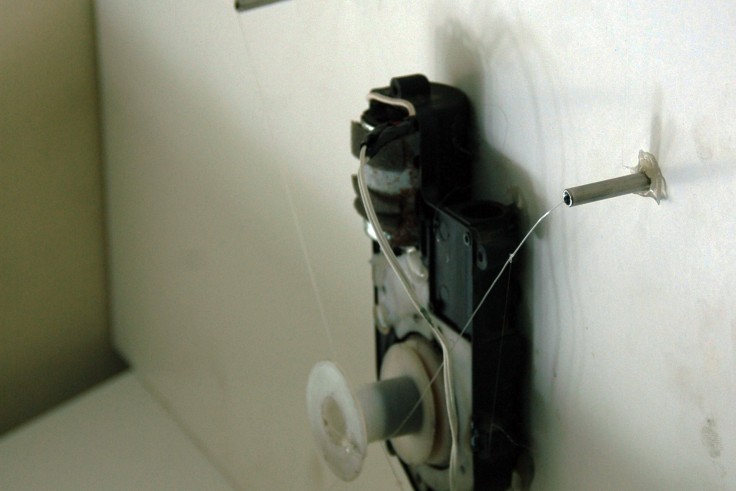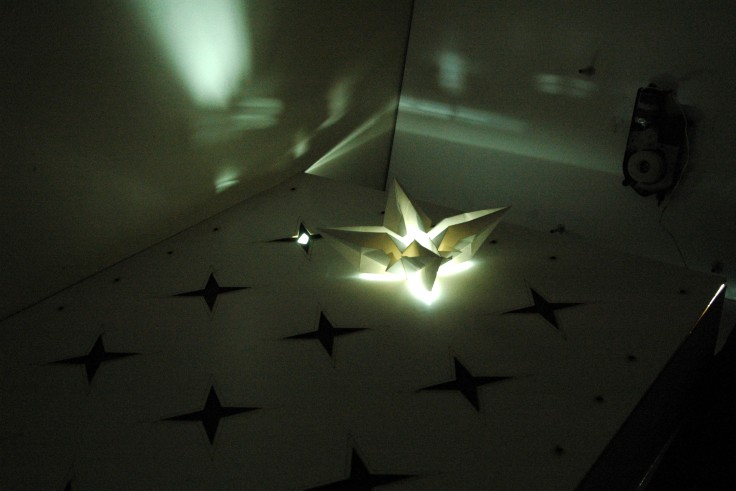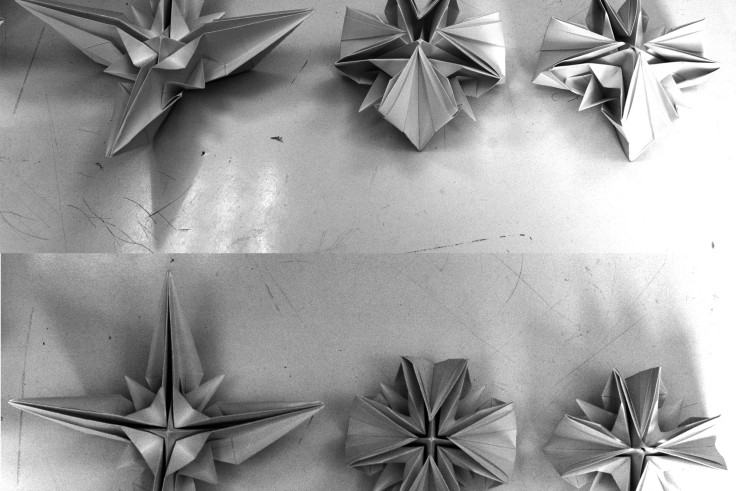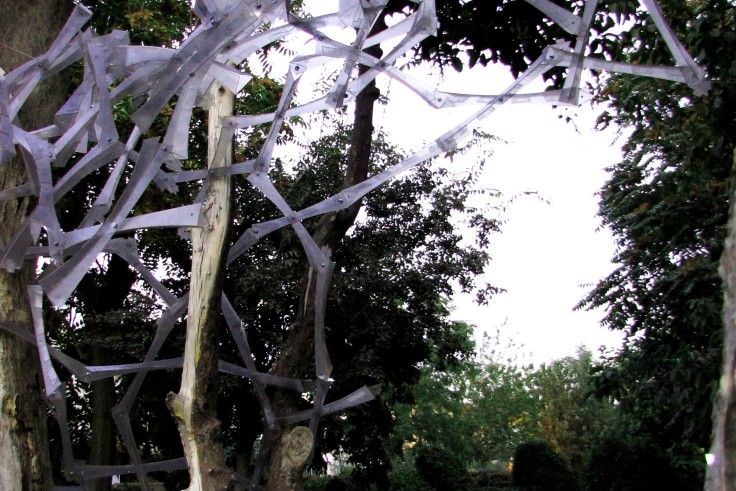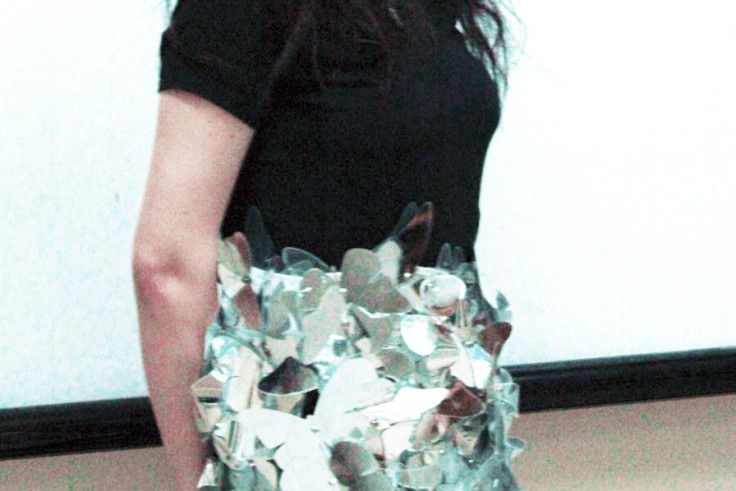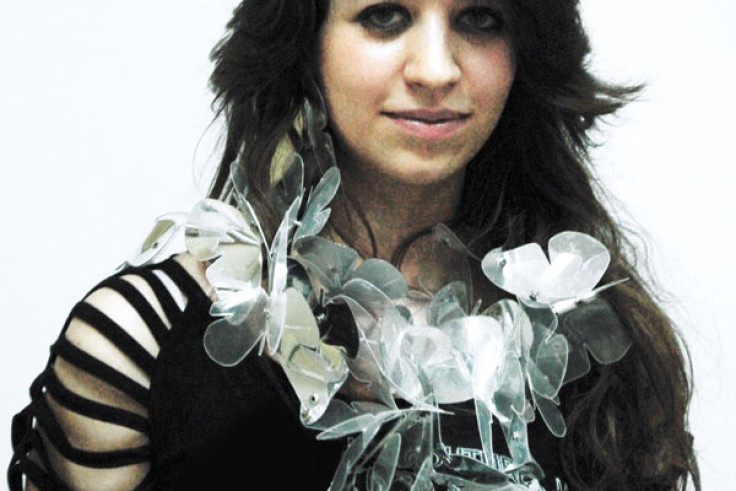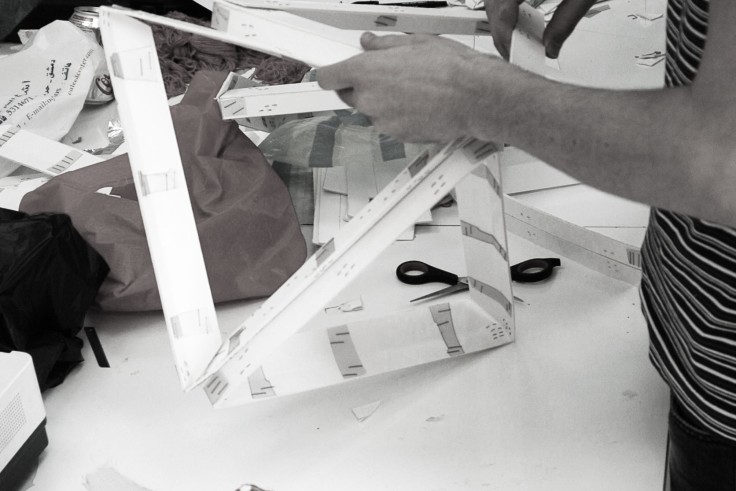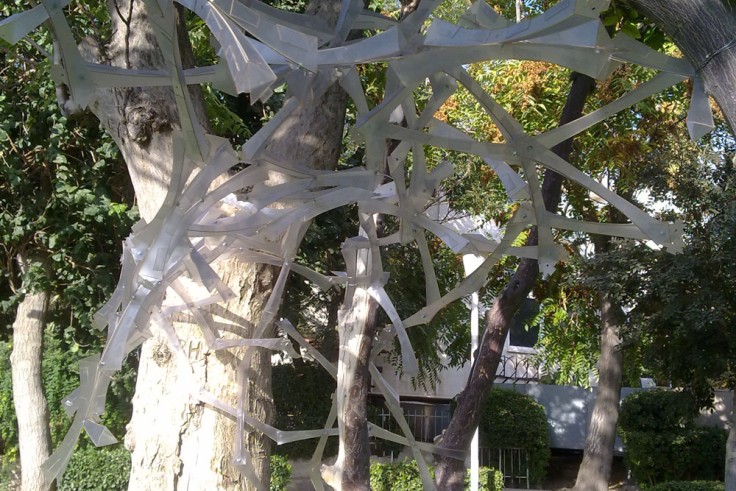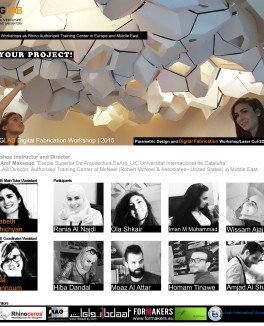Year
-0001 - -0001
Location
Damascus
Type
Academic Teaching
Team
Workshop Organization: MAGLAB, Authorized Training Center of McNeel (Robert McNeel & Associates– United States) in Middle East, Visitor LAB of architecture, College of architecture, fine arts and design AIU
The workshop asks how material behavior can be introduced into architectural design and which consequences this has on design. The workshop focused on the behavior of material in larger arrays and how one can design and steer these.
The topic was scrutinized under different points of view (biology, mathematics, art) to end up in an architectural expression.
The workshop was structured in theoretical lectures, seminars on necessary digital tools and practical work during, which students explored around and apply the concepts and strategies explained throughout physical responsive real scale prototype.
The workshop supported with contemporary tools (digital fabrication) and technology (associative environments) which provided a strategic means for navigating the multitude of forces at play, while the prototype served as the activating link between material research and design innovation.
Workshop approach
Knowing about the complexity of materials and the limitations in their behavior, we started our investigation with processes of physical modeling.
These ‘Material Probes’ was a key means for directly identifying and gaining knowledge of material properties and behaviors. We then investigated how folding and origami with the supports of parametric tools can be supported the encoding and activation these performances to inform and even drive geometric design models.
Methodology:
This workshop progressed through a series of focused strategies beginning with material behavior testing, followed by the development of prototypes, and arriving at aggregations of a single topological type.
Each prototype created by simple operations, with the supporting of folding and origami experiments, kinetic designs, undertaken through a specific disposition, and evaluated for performative potentials.
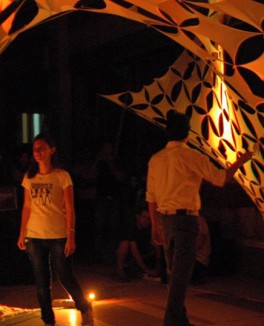
Creative art in architecture workshop at AIU 8
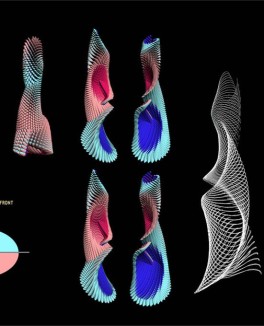
Studio genetic architectural design at ESARQ
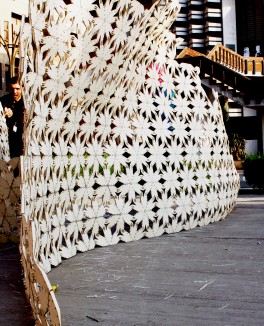
XOTech Emotion workshop
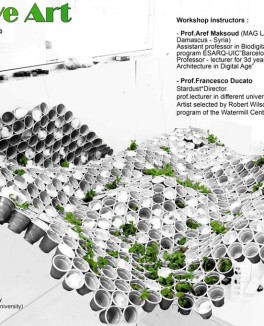
Creative art in architecture3 workshop at AIU
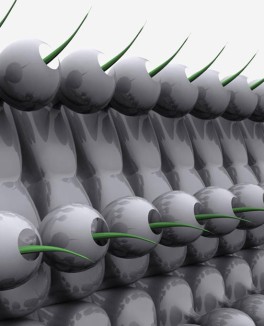
Digital tools as strategy for design workshop2at AIU
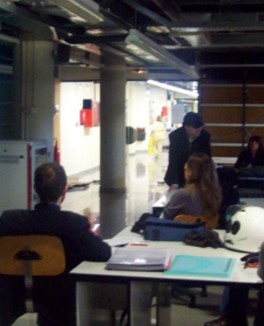
MAG LAB lectures at ESARQ – UIC
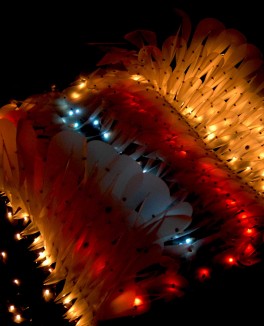
Responsive Skin III Workshop/MAGLAB - AIU
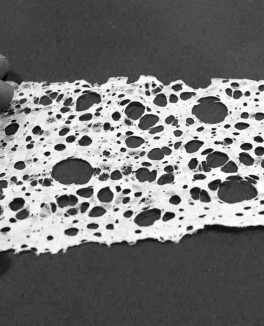
CAD CAM Studio-December 2011
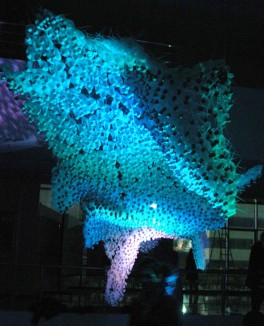
Creative Art In Architecture 2011
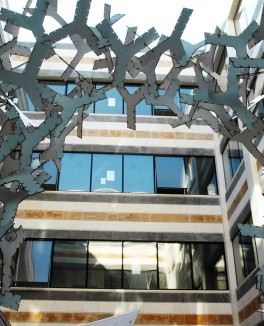
Teaching-Creative Art In Architecture Workshop-October 2011
Fill out the form and our manager will contact you for consultation.
